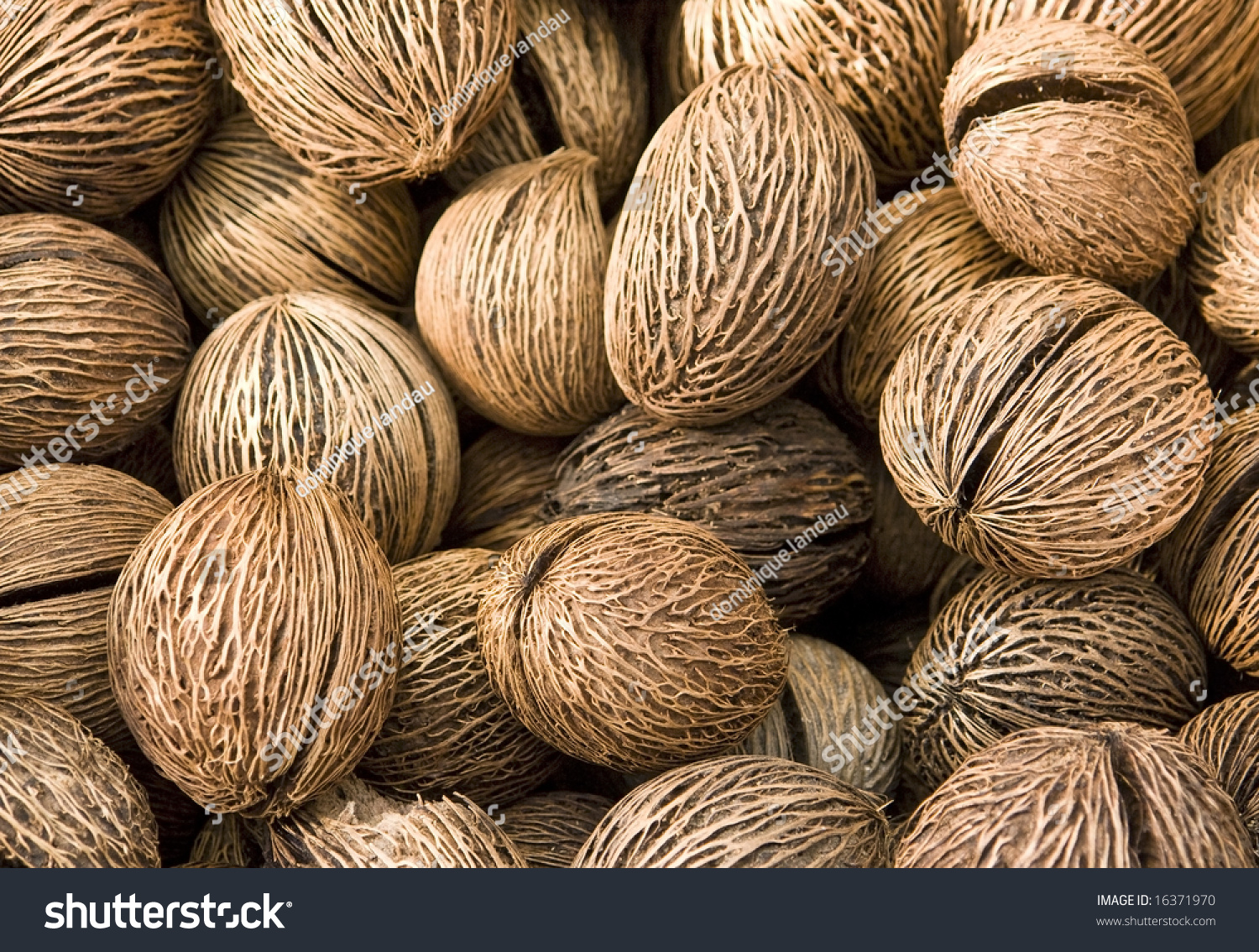
PM [1]
Rank : Helper
Status : Super Owner
#1

## Seed Dispersal Strategies: A Journey Through Plant Kingdoms
Plants have evolved diverse and fascinating strategies for dispersing their seeds, ensuring their offspring reach new habitats and thrive. Here's a look at some common methods:
1. Wind Dispersal:
Light Seeds:
Dandelions, maple trees, and milkweed produce seeds with feathery or wing-like structures that catch the wind and travel long distances.Small Seeds:
Orchids and ferns produce tiny dust-like seeds, easily carried by even the slightest breeze.2. Water Dispersal:
Buoyant Fruits:
Coconuts, mangroves, and water lilies have buoyant fruits that float on water currents, reaching new shores.Waterproof Seeds:
Water lilies and water hyacinths have seeds with a waterproof coating, allowing them to survive submerged for extended periods.3. Animal Dispersal:
Sticky Fruits:
Mistletoe, holly, and burdock have fruits with sticky surfaces that adhere to animal fur, allowing them to be transported to new locations.Fleshy Fruits:
Berries, apples, and cherries have juicy fruits that attract birds and mammals, who consume them and later disperse the seeds in their droppings.Seed Caches:
Squirrels and other rodents gather and bury nuts and seeds for later consumption, but often forget some, leading to new plant growth.4. Ballistic Dispersal:
Explosive Fruits:
Touch-me-nots, wood sorrel, and witch hazel have capsules that violently eject seeds when ripe, propelling them away from the parent plant.Slingshot Mechanism:
Squirting cucumber and other plants use a slingshot-like mechanism to launch their seeds with impressive force.5. Self-Dispersal:
Gravity:
Acorns, chestnuts, and many other nuts simply fall to the ground beneath the parent plant.Rolling:
Tumbleweeds, like Russian thistle, break off from their roots and roll across the landscape, scattering seeds as they go.Adapting to the Environment:
The specific dispersal method used by a plant is often influenced by its environment. For example, plants in open, windy habitats often rely on wind dispersal, while plants in aquatic environments use water dispersal. Similarly, plants that live in areas with abundant animal life often utilize animal dispersal.
The Benefits of Seed Dispersal:
Reduces competition:
Dispersing seeds allows offspring to avoid competing with their parent plant for resources like sunlight, water, and nutrients.Colonization of new habitats:
By travelling to new locations, seeds can colonize unpopulated areas, expanding the plant's range.Survival and genetic diversity:
Dispersal can help plants survive environmental changes or disease outbreaks, and by spreading out, genetic diversity is increased within the population.By understanding seed dispersal, we can appreciate the intricate relationships between plants and their environment, and gain a deeper appreciation for the incredible diversity of life on Earth.